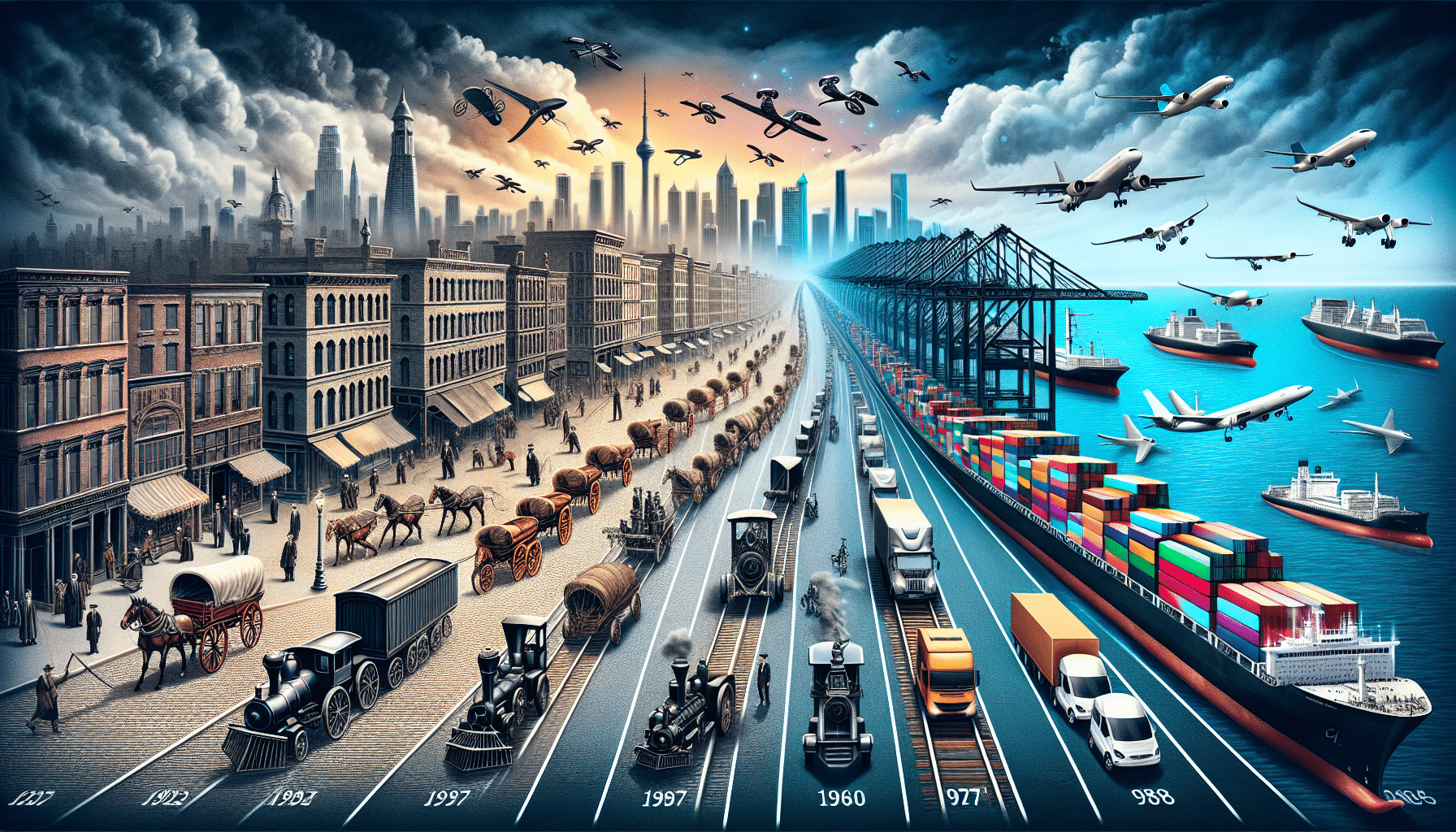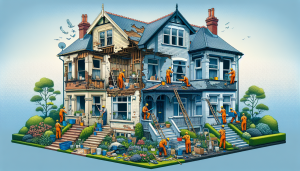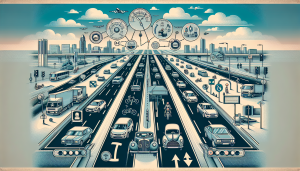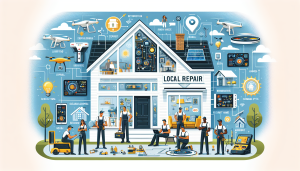The Evolution of Moving: From Horse-Drawn Wagons to High-Tech Logistics
The act of moving from one place to another has evolved significantly over the centuries. From the days of horse-drawn wagons to today’s high-tech logistics, the way we transport our belongings has seen a drastic transformation. What was once a laborious and time-consuming task has now become a seamless and efficient process thanks to advancements in technology and transportation. In this article, we’ll take a closer look at the evolution of moving and how it has shaped the way we live and work today.
Humble Beginnings: Horse-Drawn Wagons
Before the advent of modern vehicles and transportation methods, moving involved the use of horse-drawn wagons. These wagons were the primary means of transportation for goods and people, and they were used for centuries before the Industrial Revolution. Moving by horse-drawn wagons was a slow and cumbersome process, often taking days or even weeks to move goods from one location to another. However, it was a necessary and crucial part of trade and commerce, as well as for personal relocations.
The Steam Engine Revolution
With the invention of the steam engine in the 1800s, the transportation industry experienced a revolution. The steam engine allowed for faster and more efficient transportation of goods and people, making it easier to move from one location to another. The first steam-powered locomotive was invented in 1804, and by the mid-1800s, railways had become the preferred mode of transportation for long-distance travel and shipping.
The Rise of the Motor Vehicle
It wasn’t until the early 20th century that the motor vehicle began to replace horse-drawn wagons and trains as the primary means of transportation for moving goods and people. The first motorized moving truck was invented in 1897, and by the 1920s, moving trucks had become a common sight on the roads. The invention of the assembly line by Henry Ford in 1913 made mass production of vehicles possible, making them more affordable for the general public. This further boosted the popularity of motor vehicles for moving.
Modern-Day Moving: High-Tech Logistics
Today, the moving industry has undergone a massive transformation, thanks to advancements in technology and logistics. With the rise of the internet and e-commerce, traditional moving methods have become obsolete, and a more sophisticated approach has taken its place. Companies now use advanced tracking systems, GPS technology, and data analytics to streamline the moving process and ensure the safe and timely delivery of goods. Additionally, with the introduction of electric and automated vehicles, the moving industry has also taken a step towards reducing its carbon footprint.
The Future of Moving
The evolution of moving is far from over, as technology continues to advance at a rapid pace. We can expect to see further developments in the fields of automation, electric vehicles, and data analytics, making the moving process even more efficient and convenient. With the rise of alternative energy sources, such as solar and hydrogen power, the moving industry may also see a shift towards more sustainable and eco-friendly practices.
In Conclusion
From horse-drawn wagons to high-tech logistics, the way we move has come a long way. What was once a laborious and time-consuming task has evolved into a seamless and efficient process, thanks to advancements in technology and transportation. As we continue to embrace new technologies and find more sustainable ways to move, it’s safe to say that the future of moving is bright and full of possibilities.










